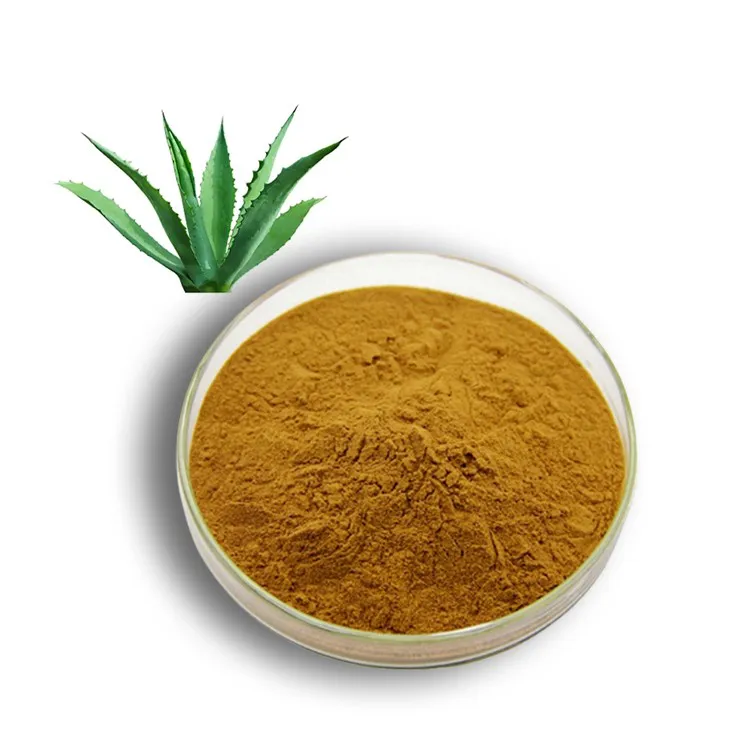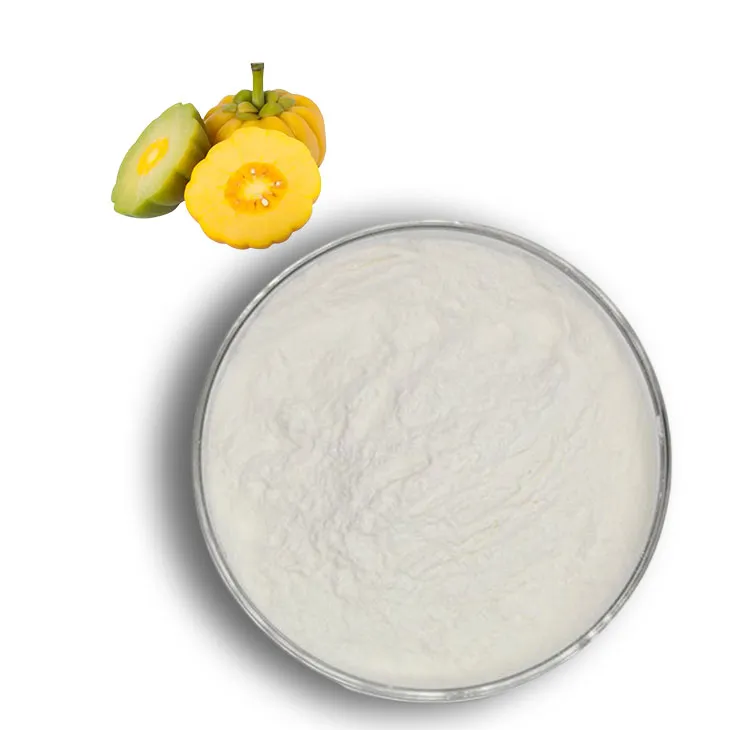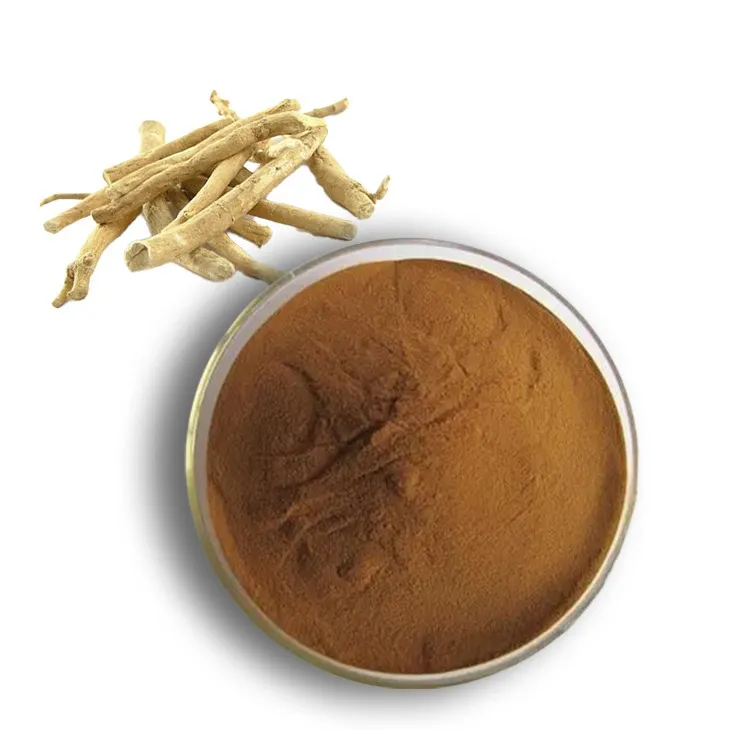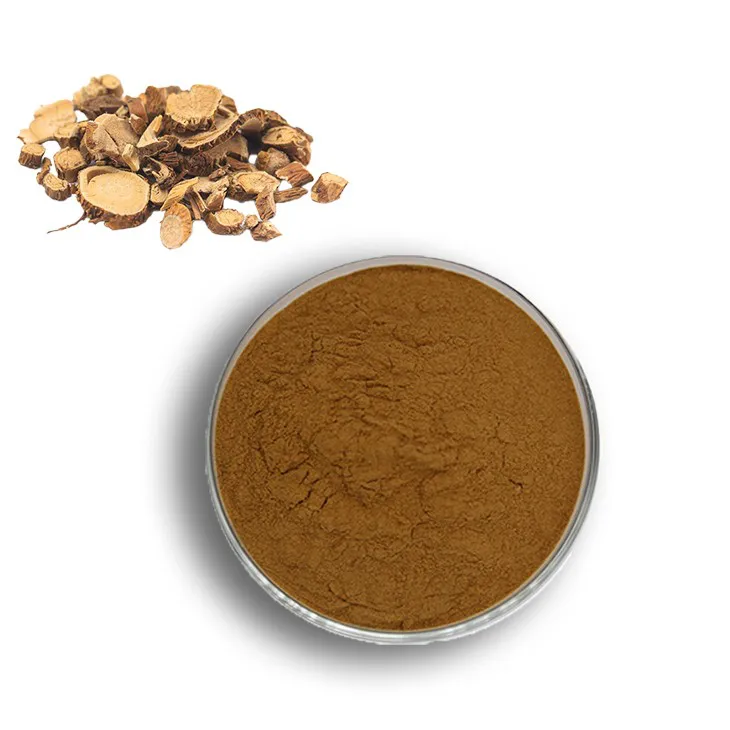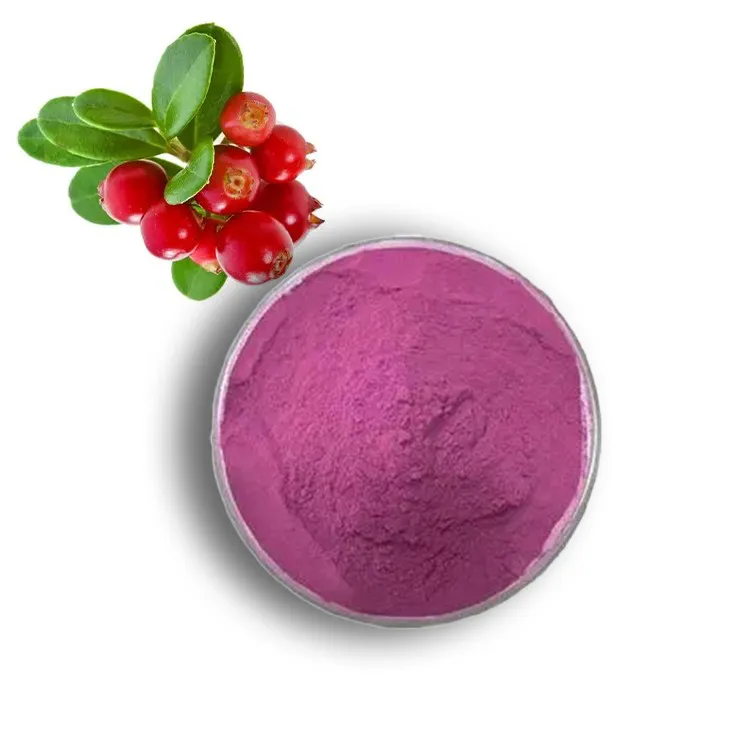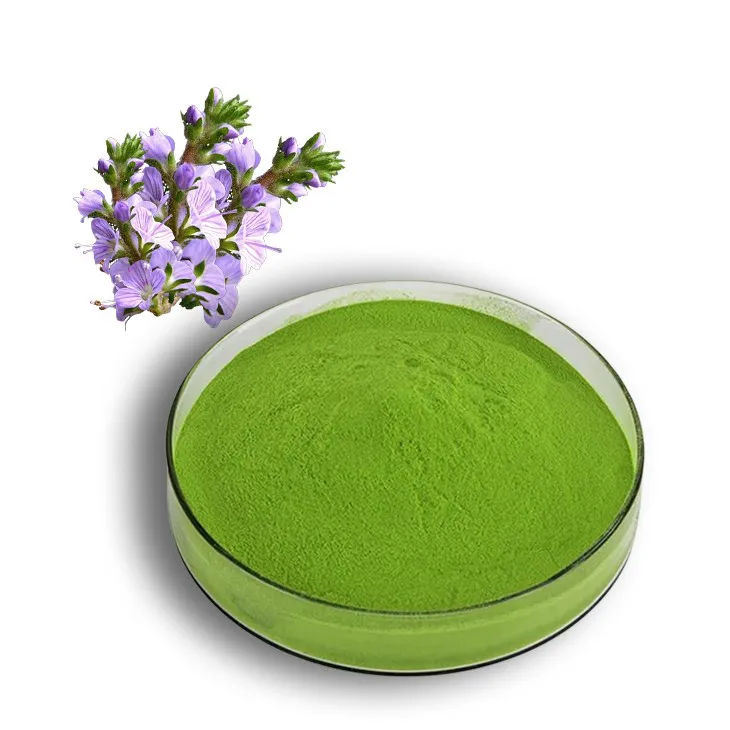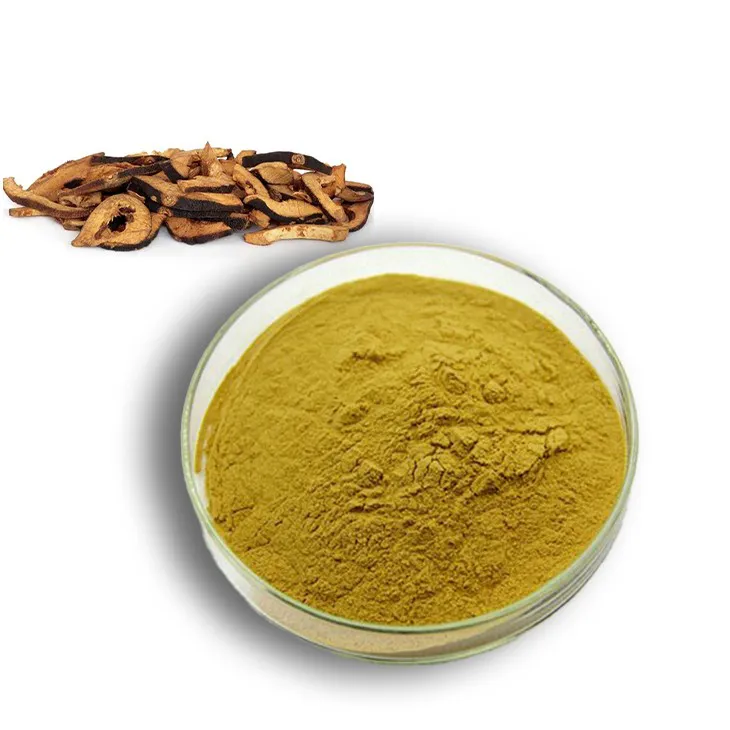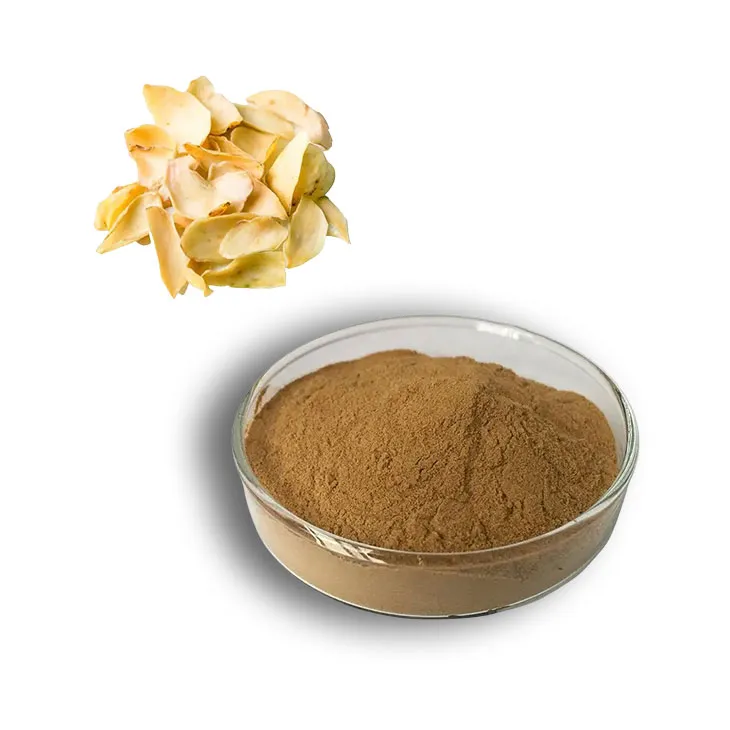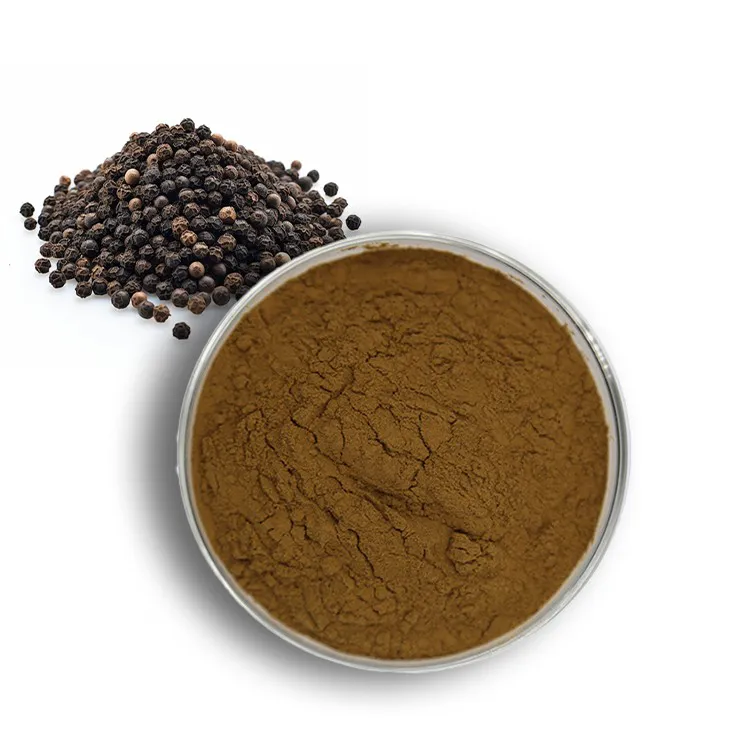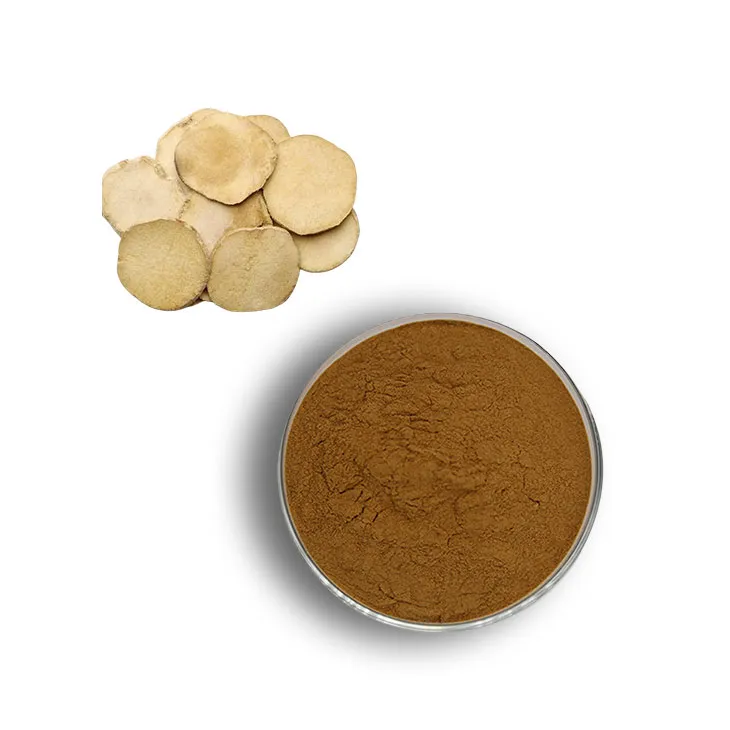- 0086-571-85302990
- sales@greenskybio.com
Wheat Germ Extract Production: A Complete Guide for Consumers and Manufacturers
2024-12-10
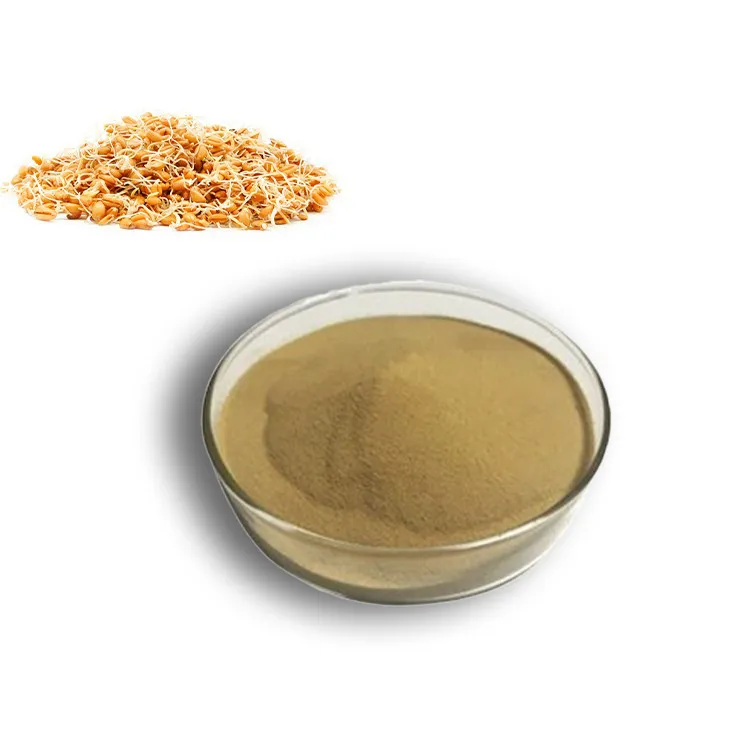
1. Introduction
Wheat Germ Extract has gained significant popularity in recent years due to its numerous health benefits. It is rich in nutrients such as vitamins, minerals, and antioxidants. For consumers, understanding how it is produced can help in making informed choices about the quality of the product they purchase. Manufacturers, on the other hand, need to have a clear understanding of the production process to ensure high - quality output and efficient production.
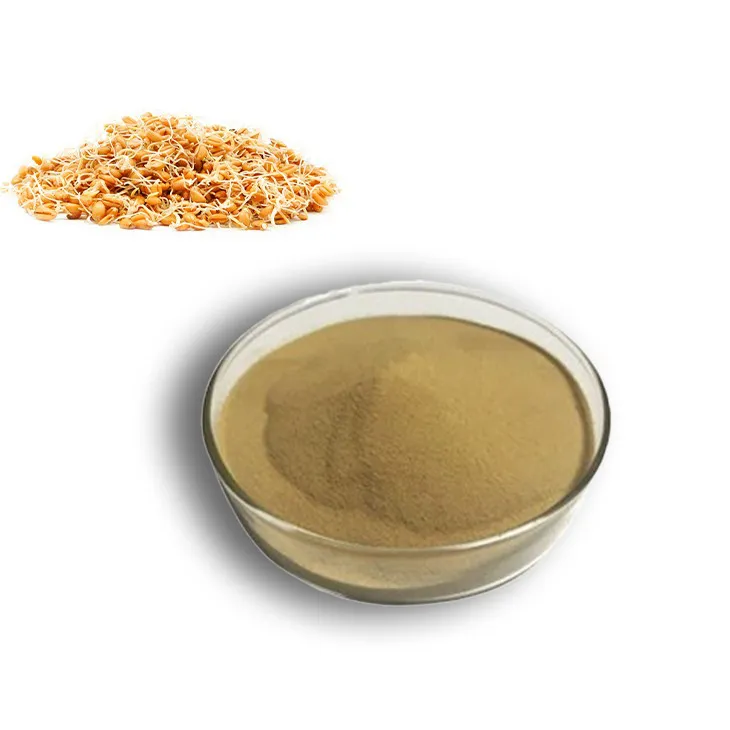
2. Raw Material Selection
The quality of the wheat germ is crucial in the production of high - quality Wheat Germ Extract.
2.1 Wheat Variety
Different wheat varieties can have varying characteristics in terms of their germ content and nutrient profile. For example, hard wheat varieties may have a different germ composition compared to soft wheat. Manufacturers should select wheat varieties that are known for their high - quality germ. This may involve research into different wheat strains and their suitability for extract production.
2.2 Source and Quality of Wheat
The source of the wheat also matters. Wheat sourced from regions with optimal growing conditions is likely to produce better - quality germ. Factors such as soil quality, climate, and farming practices play a role. Organic wheat may be preferred in some cases as it is grown without the use of synthetic pesticides and fertilizers, which could potentially contaminate the germ. Additionally, wheat should be free from mold, pests, and other contaminants.
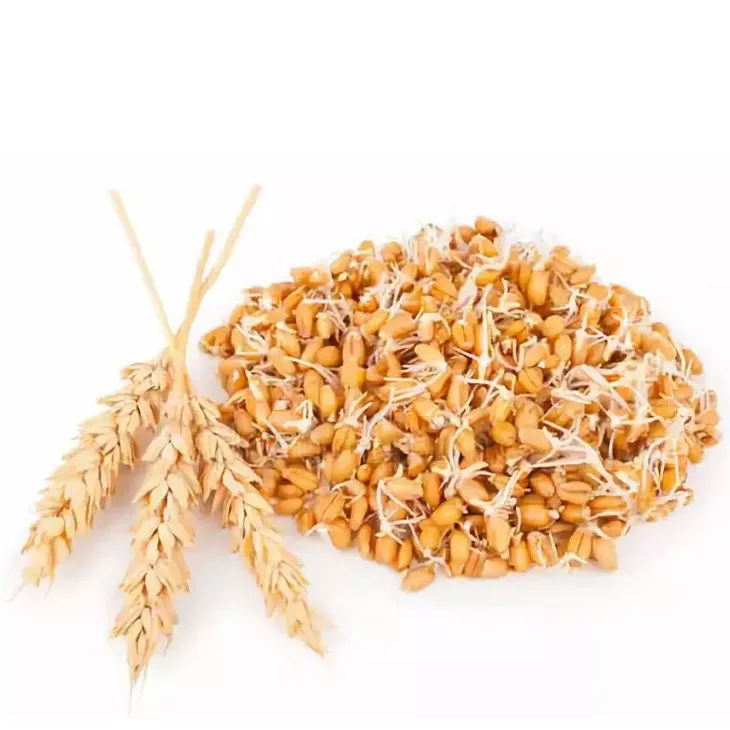
3. Pre - treatment of Wheat Germ
Once the wheat germ has been separated from the wheat kernel, it requires pre - treatment before extraction.
3.1 Cleaning
The first step in pre - treatment is cleaning. This is done to remove any impurities such as dirt, stones, and pieces of chaff that may be present in the germ. Cleaning can be achieved through mechanical means such as sieving and air aspiration. Sieving helps to separate larger particles, while air aspiration can remove lighter impurities like dust.
3.2 Drying
After cleaning, the wheat germ may need to be dried. If the germ has a high moisture content, it can be prone to spoilage and microbial growth. Drying reduces the moisture level, which helps in preserving the germ and preparing it for further processing. However, the drying process should be carefully controlled to avoid over - drying, which could damage the nutrients in the germ. Different drying methods such as air - drying, vacuum - drying, or low - temperature drying can be used depending on the scale of production and the equipment available.
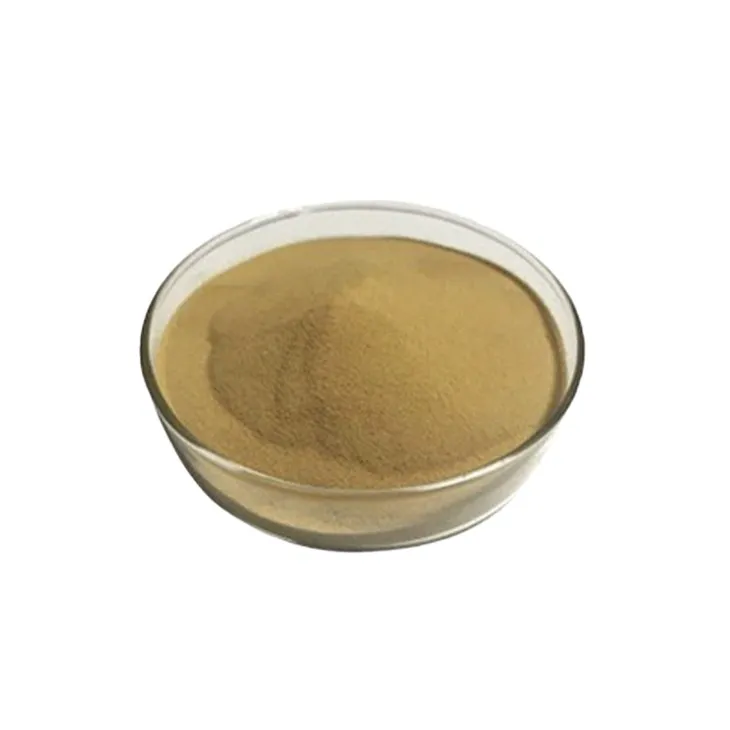
4. Extraction Methods
There are several methods available for extracting valuable components from wheat germ.
4.1 Solvent Extraction
Solvent extraction is a commonly used method in the production of Wheat Germ Extract. In this method, a suitable solvent is used to dissolve the desired components from the wheat germ. Commonly used solvents include hexane, ethanol, and supercritical CO₂.
- Hexane is a non - polar solvent that is effective in extracting lipids from the wheat germ. However, it has some safety and environmental concerns due to its flammability and potential toxicity. Therefore, strict safety measures need to be followed when using hexane, and the final product must be thoroughly purified to remove any residual solvent.
- Ethanol is a polar solvent that can extract a wider range of components, including some polar compounds such as vitamins and antioxidants. Ethanol - based extraction is often considered a more "natural" option as ethanol is generally recognized as safe for food - related applications. However, the extraction efficiency may be lower compared to hexane for lipid extraction.
- Supercritical CO₂ extraction is a relatively new and advanced method. Supercritical CO₂ has properties between a gas and a liquid, which allows it to penetrate the wheat germ and selectively extract different components. This method has the advantage of being a "green" extraction method as CO₂ is non - toxic and can be easily removed from the final product. However, the equipment required for supercritical CO₂ extraction is more expensive.
4.2 Press Extraction
Press extraction, also known as mechanical extraction, involves applying pressure to the wheat germ to squeeze out the oil and other extractable components. This method is relatively simple and does not require the use of solvents. However, the extraction efficiency may be lower compared to solvent extraction methods. Press extraction can be a good option for small - scale production or for those who prefer solvent - free products.
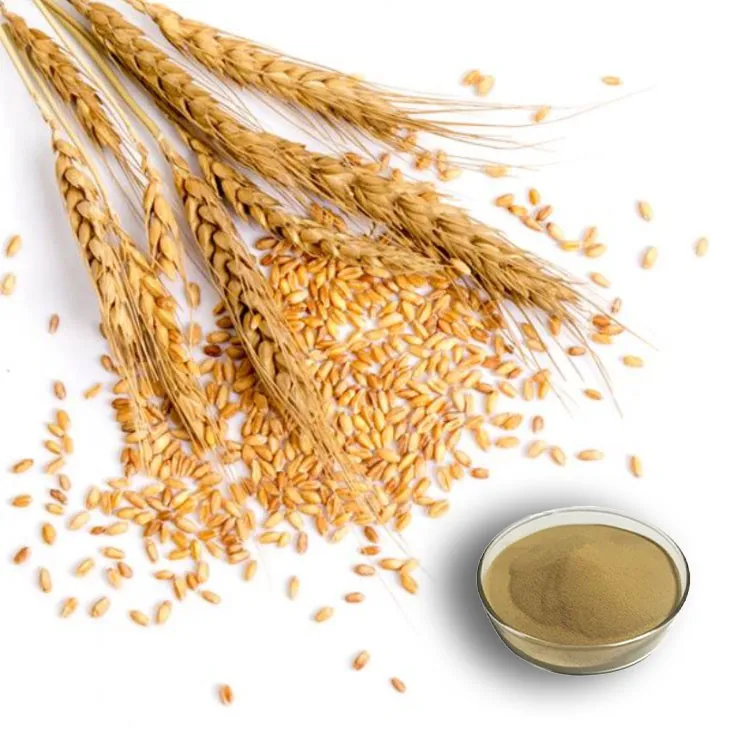
5. Purification and Concentration
After extraction, the wheat germ extract may contain impurities and may need to be purified and concentrated.
5.1 Filtration
Filtration is a common purification method. It can remove solid particles, such as cell debris and undissolved components, from the extract. Different types of filters can be used, such as membrane filters or filter paper. Membrane filters are often more effective in removing smaller particles and can be used for more precise filtration.
5.2 Centrifugation
Centrifugation is another technique used for purification. By spinning the extract at high speeds, heavier particles can be separated from the lighter components. This helps in removing impurities that may be denser than the extract itself. Centrifugation can be used in combination with filtration to achieve a higher level of purification.
5.3 Concentration
Concentration of the wheat germ extract is often necessary to increase the concentration of the active components. This can be achieved through methods such as evaporation or membrane concentration. Evaporation involves removing the solvent (if any) by heating the extract under controlled conditions. Membrane concentration uses semi - permeable membranes to separate the solvent from the solutes, allowing for the concentration of the extract without the need for high - temperature evaporation.
6. Quality Control for Consumers
For consumers, it is important to be able to assess the quality of wheat germ extract products.
6.1 Ingredient Labeling
A good - quality wheat germ extract product should have clear ingredient labeling. The label should indicate the source of the wheat germ, the extraction method used, and any additives or preservatives present. If the product contains solvents, the label should state whether they have been completely removed. Consumers should be cautious of products with unclear or incomplete ingredient labels.
6.2 Nutrient Content
The nutrient content of the wheat germ extract is an important aspect of quality. Products should be tested for the presence and quantity of key nutrients such as vitamins (e.g., vitamin E), minerals (e.g., magnesium), and antioxidants. Consumers can look for products that have been independently tested and verified for their nutrient content.
6.3 Purity and Contaminant Testing
Wheat germ extract should be free from contaminants such as heavy metals, pesticides, and microbial contaminants. Manufacturers should conduct regular purity and contaminant testing, and consumers can look for products that provide information on these tests. For example, a product that has been tested for the absence of harmful pesticides and has a low level of heavy metals is likely to be of higher quality.
7. Production Tips for Manufacturers
Manufacturers can follow these tips to improve their wheat germ extract production process.
7.1 Equipment Maintenance
Regular maintenance of extraction and processing equipment is essential. Well - maintained equipment can ensure consistent production quality and reduce the risk of breakdowns. This includes cleaning, lubricating, and replacing worn - out parts as needed. For example, in solvent extraction, a clean and properly functioning extraction vessel can ensure efficient extraction and prevent cross - contamination between batches.
7.2 Process Optimization
Manufacturers should constantly strive to optimize their production process. This can involve adjusting parameters such as extraction time, temperature, and solvent - to - germ ratio in solvent extraction. By optimizing these parameters, they can improve extraction efficiency, reduce production costs, and enhance the quality of the final product. For example, finding the optimal extraction temperature can increase the yield of the desired components without degrading them.
7.3 Quality Assurance and Standardization
Implementing a comprehensive quality assurance program is crucial. This includes setting quality standards for raw materials, intermediate products, and the final product. Manufacturers should also have procedures in place for sampling and testing at different stages of production. Standardizing the production process can ensure that each batch of wheat germ extract meets the same high - quality standards.
8. Conclusion
In conclusion, the production of wheat germ extract involves multiple steps from raw material selection to final purification and concentration. Consumers can benefit from understanding the production process to make more informed purchasing decisions, while manufacturers can use the knowledge and tips provided to improve their production efficiency and product quality. By following best practices in production and quality control, the wheat germ extract industry can continue to grow and provide high - quality products to meet the increasing demand for health - promoting substances.
FAQ:
Q1: What are the key factors in raw material selection for wheat germ extract production?
When selecting raw materials for wheat germ extract production, several key factors need to be considered. Firstly, the quality of the wheat is crucial. High - quality wheat with good genetic characteristics and proper cultivation conditions is preferred. The wheat should be free from contaminants such as pesticides and heavy metals. Secondly, the freshness of the wheat germ is important. Fresher wheat germ generally contains more nutrients and has better extraction potential. Additionally, the source of the wheat, whether it is from organic farming or conventional farming, can also affect the final quality of the extract, with organic wheat germ often being a more desirable choice for some consumers due to its perceived purity.
Q2: How does the extraction process of wheat germ extract affect its quality?
The extraction process plays a significant role in determining the quality of wheat germ extract. Different extraction methods can lead to variations in the composition and potency of the extract. For example, if the extraction temperature is too high, it may damage some of the heat - sensitive nutrients present in the wheat germ, such as vitamins and enzymes. The extraction solvent also matters. Using a solvent that is too harsh may leave behind residues or alter the chemical structure of the active compounds in the extract. Moreover, the duration of the extraction process needs to be optimized. If it is too short, not all the beneficial components may be fully extracted, while if it is too long, it may introduce unwanted impurities or cause degradation of the extract.
Q3: What quality aspects should consumers look for when choosing wheat germ extract products?
Consumers should consider several quality aspects when choosing wheat germ extract products. Firstly, they should check for the purity of the extract. A high - quality product should have a high concentration of the active wheat germ components and minimal impurities. Secondly, the source and origin of the wheat germ used in the production should be traceable. This ensures that the product comes from reliable and sustainable sources. Thirdly, the product should be properly labeled, indicating the extraction method, any additives present, and the recommended dosage. Additionally, consumers can look for third - party certifications or quality seals, which can provide an extra level of assurance regarding the product's quality.
Q4: What are some tips for manufacturers to improve the production efficiency of wheat germ extract?
Manufacturers can take several steps to improve the production efficiency of wheat germ extract. One important tip is to optimize the raw material handling process. This includes proper storage and pre - treatment of the wheat germ to ensure its quality and ease of extraction. Another tip is to invest in modern extraction equipment that can operate at optimal conditions, such as precise temperature and pressure control. Additionally, continuous monitoring and quality control during the production process can help identify and rectify any issues promptly, reducing waste and improving overall efficiency. Manufacturers can also explore innovative extraction techniques or combinations of techniques to enhance the yield and quality of the extract.
Q5: Are there any safety concerns associated with wheat germ extract production?
There are some safety concerns in wheat germ extract production. One potential concern is the use of extraction solvents. If not properly selected and handled, some solvents may pose risks such as toxicity or flammability. Residues of these solvents in the final product could also be a safety issue. Another concern is related to microbial contamination. During the production process, if proper hygiene and sterilization measures are not in place, there is a risk of microbial growth, which can affect the safety and quality of the extract. Additionally, allergens may be present if the production facility also processes other allergenic materials, and cross - contamination needs to be carefully controlled.
Related literature
- Advances in Wheat Germ Extract Production Techniques"
- "Quality Control in Wheat Germ Extract Manufacturing"
- "The Role of Raw Materials in High - Quality Wheat Germ Extract"
- ▶ Hesperidin
- ▶ citrus bioflavonoids
- ▶ plant extract
- ▶ lycopene
- ▶ Diosmin
- ▶ Grape seed extract
- ▶ Sea buckthorn Juice Powder
- ▶ Beetroot powder
- ▶ Hops Extract
- ▶ Artichoke Extract
- ▶ Reishi mushroom extract
- ▶ Astaxanthin
- ▶ Green Tea Extract
- ▶ Curcumin Extract
- ▶ Horse Chestnut Extract
- ▶ Other Problems
- ▶ Boswellia Serrata Extract
- ▶ Resveratrol Extract
- ▶ Marigold Extract
- ▶ Grape Leaf Extract
- ▶ blog3
- ▶ Aminolevulinic acid
- ▶ Cranberry Extract
- ▶ Red Yeast Rice
- ▶ Red Wine Extract
-
Aguaje Extract
2024-12-10
-
Garcinia Cambogia Extract
2024-12-10
-
Withania Somnifera Extract
2024-12-10
-
Sophora Flavescens Root Extract
2024-12-10
-
Europen Bilberry Extract
2024-12-10
-
Alfalfa Meal
2024-12-10
-
Citrus Aurantium Extract
2024-12-10
-
Lily extract
2024-12-10
-
Black Pepper Extract
2024-12-10
-
Alisma Extract
2024-12-10











